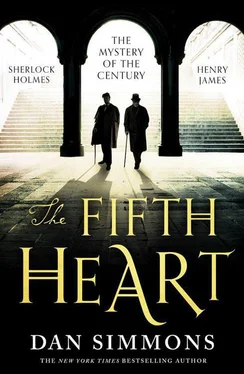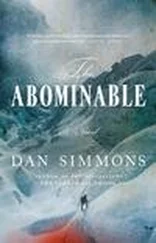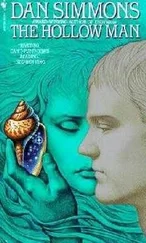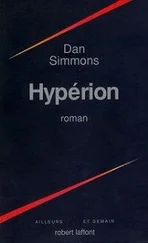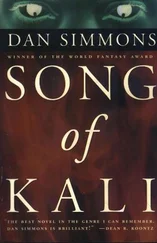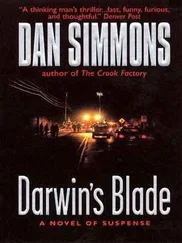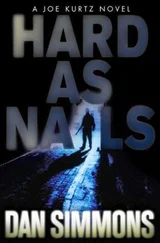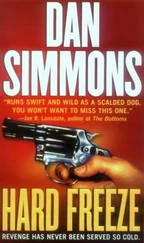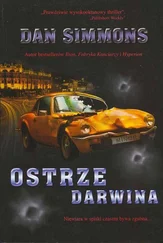I need to leave, too , thought James. Regain my autonomy. Regain myself .
“What are you doing tomorrow?” asked Clemens.
“Holmes said that he wanted to take me on a boat tour of the White City.”
“Well, enjoy what I’ll never see,” said Clemens.
“I’ll look in on you tomorrow after my boat tour,” said James. “See if there’s anything you need.”
“You could tell the porter—the little one with the hare lip—to tell the house doctor that I need a new jug of laudanum,” said Clemens. “And a straw.”
James nodded.
“As far as looking in on me tomorrow,” said Sam Clemens, “there’s no reason to. One way or the other, I’ll be written out of this story by then.”
SEVEN
Friday, April 14, 10:06 a.m.
Even though Friday morning was gray, chilly, and threatening rain, Holmes had hired an open landau for their carriage ride to the Exposition. James brought along his umbrella. Holmes was wearing the bright red scarf that he favored whenever the temperature dropped below 70 degrees. The driver was bundled in wool up on his perch.
Holmes was as taciturn this day as he had been voluble on their boat tour the day before. When James questioned him as to whether he’d driven to the Fair this way before, Holmes said that the mayor of Chicago had driven him this way on Wednesday.
“What is Mayor Harrison like?” asked James.
“Talkative,” said Holmes. But then, after a moment of silence broken only by the sound of horses’ hooves and passing carriages, he added, “And strangely likeable. Almost certainly corrupt, but loved by his constituencies, I think.”
“What is the object of our outing today?” asked James.
“We’re deciding where Lucan Adler will lurk to carry out his assassination,” Holmes said so softly it was almost a whisper.
“I know nothing about the mental processes of assassins,” hissed James.
“All right,” Holmes said in a regular voice, “but I thought you might like to see the Exposition grounds before you leave Chicago tomorrow.”
“We’re leaving Chicago tomorrow?”
“ You are,” said Holmes and threw his red scarf over his shoulder.
* * *
The ride to the south side of the city seemed interminable, although James realized it took less than half an hour.
“This will be President Cleveland’s route to the Fair?” whispered James.
Holmes nodded.
James looked at all the buildings, rooftops, alleys. “It would seem that an assassin could secret himself anywhere along here.”
“The Chicago Police Force will have more than a thousand men lining the route so no one can rush the carriage,” Holmes said sotto voce . “Hundreds more behind the procession since Mayor Harrison predicts up to two hundred thousand people following the carriages for at least part of the way.” Holmes leaned closer to James’s ear. “But it won’t matter. Lucan Adler is not going to come in close with a pistol. He will use a rifle. Probably at extreme range.”
James was shocked at the thought. “The last two presidents assassinated in this century were shot at close range with a pistol,” he all but whispered.
Holmes nodded. “Lucan Adler will use a rifle. And we don’t have to worry about the procession route either here or once we’re on the Exposition grounds.”
“We don’t?” said James. “Why on earth not?”
“Lucan Adler doesn’t care a fig for the anarchists’ cause,” said Holmes. “He turns to them because they pay him well. He lives only to kill, preferably from long range. He’s shot and killed eleven foreign leaders or dignitaries in the last two years.”
“Certainly that cannot be the case!” cried James.
From his tweed jacket, Holmes pulled a small piece of paper showing a list of names and countries.
“Good God,” said James.
“He and Sebastian Moran only barely missed assassinating Her Majesty Queen Elizabeth in eighteen eighty-eight,” said Holmes. “And Lucan was still a boy at the time. He no longer works with Moran. All the assassinations on that list were his and his alone.”
James was speechless.
* * *
They approached the Exposition from the northernmost western gate. Two members of the Columbian Guard, conspicuous in their uniforms of blue sackcloth, checked the special credentials that Holmes showed them, and two other guards swung the main gates wide.
Ahead of them, the Midway Plaisance stretched ahead for more than a mile. James saw signs saying that they were now on the Avenue of Nations. When James had heard of the Midway Plaisance, he’d imagined a slightly larger version of the carnivals and fairs he’d known. But ahead of him for thirteen city blocks were concessions and attractions the size of small towns.
They passed a rugged log cabin, which James thought was a strange attraction.
“That’s the dreaded Sitting Bull’s cabin,” said Holmes. “Unfortunately, Mr. Burnham, the director for the whole Exposition, couldn’t get Sitting Bull since the army killed him three years ago. So Chief Rain-in-the-Face occupies it now, when he’s not performing for Buffalo Bill’s Wild West Show just beyond the Exposition grounds. Rain-in-the-Face claims that he’s the man who killed General Custer, and his fellow Sioux don’t dispute it.”
James looked at men wearing thick robes of hide and hair. They must have been insufferably hot even in this day’s cool temperatures.
“Lapland Village,” said Holmes. “God help them in July.”
Some brown men wearing almost nothing at all except some leaves around their waists walked by.
“Cannibals,” said Holmes. “From Dahomey.”
“Of what benefit to the Columbian Exposition are cannibals?” asked James.
“It’s a World Exhibition,” answered the detective. “Daniel Burnham is trying to bring the world to a million Americans who could never afford to travel out to it.”
“What kind of man is Burnham?” asked James.
“Handsome. Commanding. Busy. And driven. Very, very driven.”
“I suppose one would have to be to build a complex like this in so short a time. But it looks far from finished.”
“On May first it won’t be quite finished,” said Holmes, “but except for Ferris’s Wheel that is still going up, it will be all tidied up and it will look finished. Burnham is working the crews day and night, quite literally.”
A man with an ostrich on a short rein crossed in front of their carriage.
“California,” said Holmes, which did not enlighten James.
“Good heavens,” said James as they passed what looked to be an entire Austrian village, complete with stone buildings, towers, and inns.
“A good place to get a stein of beer and some schnitzel once the Fair opens,” said Holmes.
James saw a large empty area boldly captioned CAPTIVE BALLOON PARK, but there was no balloon there yet. “What makes a balloon captive?” he asked.
“Ropes,” said Holmes.
They’d come to the center of the Midway and now James saw how large Mr. Ferris’s Wheel was going to be. Only half of the 264-foot-tall structure was completed but the axle near the top of the finished half-frame looked as huge as a horizontal redwood tree made of steel. There was a protective wooden wall around the work site, but suddenly one of the workmen on the upper tiers of steel beams and wooden frame shouted something and swung down from level to level like some arboreal creature. The workman jumped down to a lower level, used the top of the seven-foot safety fence as a jumping point, and landed right next to Holmes’s halted landau.
With a shock, James recognized Wiggins Two—young Moth—dressed in the same workman’s clothing as the other steelworkers and carpenters laboring on the Ferris Wheel site. The boy had slept on a cot in Holmes’s room their first night in Chicago and James hadn’t seen him—or really thought about him—since.
Читать дальше
